Description of flavor characteristics of EMBU koli fruit coffee beans in Enbu, Kenya

EMBU in Enbu, Kenya
The Embu production area is located in the city of Embu County, Kenya, near Mount Kenya, the largest extinct volcano in the East African Rift Valley. The Embu production area is planted at an altitude of about 1300-1900 meters above sea level. The volcanic soil here is fertile. In addition to coffee trees, the locals have also planted tea trees, which are the two major cash crops for local exports.
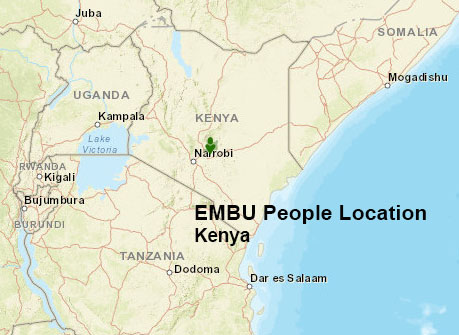
70% of the population of Enbu city is cultivated in the mode of small families, and the output of self-employed is too small, so it will be sold to cooperatives and finally exported in the name of cooperatives.
The Ena ENA treatment plant is one of two washing plants managed by the New Runyenjes treatment station, which is about 150km north of Nairobi, the capital of Kenya. The small farmers here will send the fresh coffee fruits grown in their backyard to the washing plant to treat the raw beans, and then sell them according to the classification of the Ena treatment plant.
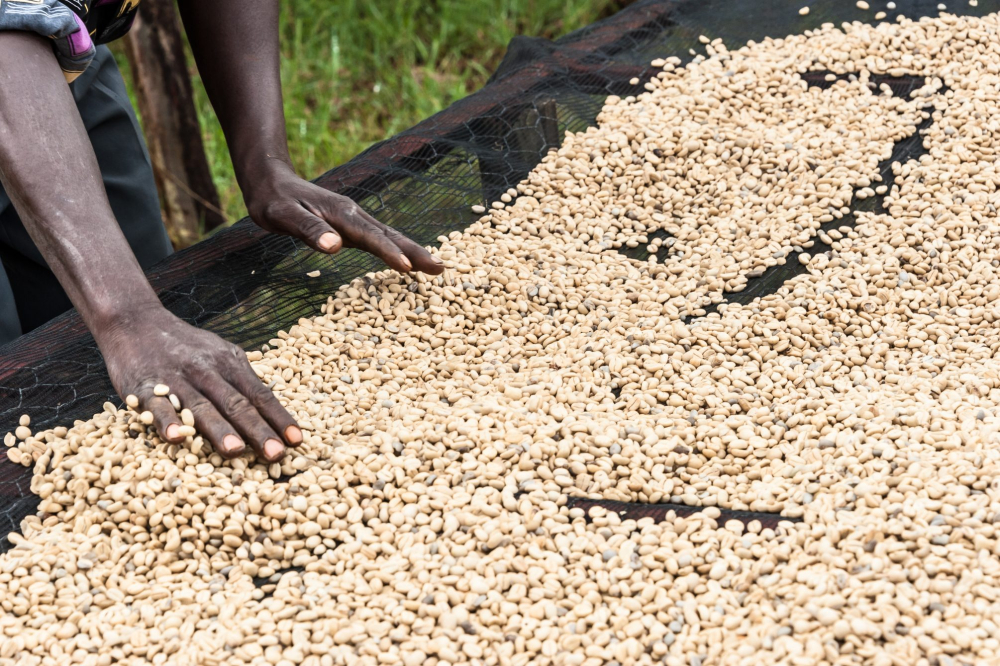
Treatment method
The Ena processing plant will manually pick out the defective beans from the coffee cherries, then remove the peel and pulp, wash them with clean water, and then put them on an elevated bed to dry for a period of 14-21 days, usually until the water content of the coffee beans reaches 11-12%. Then pack it and store it in a warehouse and wait for export. As coffee beans in the cleaning process, will use multiple fermentation and scrubbing, so the flavor will show a cleaner acid. The Erna treatment plant will not only take measures to save water resources, but also allow farmers to protect the source of running water and maintain the entire ecological environment.
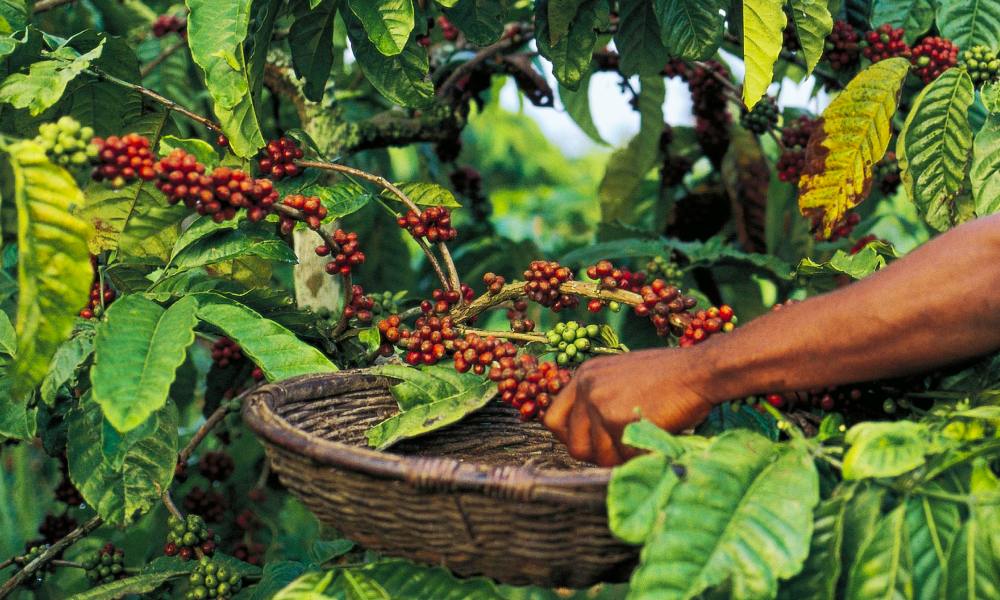
Coffee variety
Due to the outbreak of coffee berry disease in Kenya in the 20th century, Scott laboratory Scot Laboratories developed new disease-resistant varieties SL28 and SL34. The new varieties have the ability to tolerate coffee berry disease and can effectively resist leaf rust. They have been widely planted since the 1930s.
SL28 belongs to the bourbon gene group. The bean is round and thick, has strong resistance to drought, high yield and pure flavor.
In the 1970s, in order to develop a variety of coffee resistant to leaf rust, Kenya developed a new variety Ruiru11, which can be planted intensively without shade trees, and has the advantages of high yield, resistance to coffee rust and resistance to coffee berry disease.
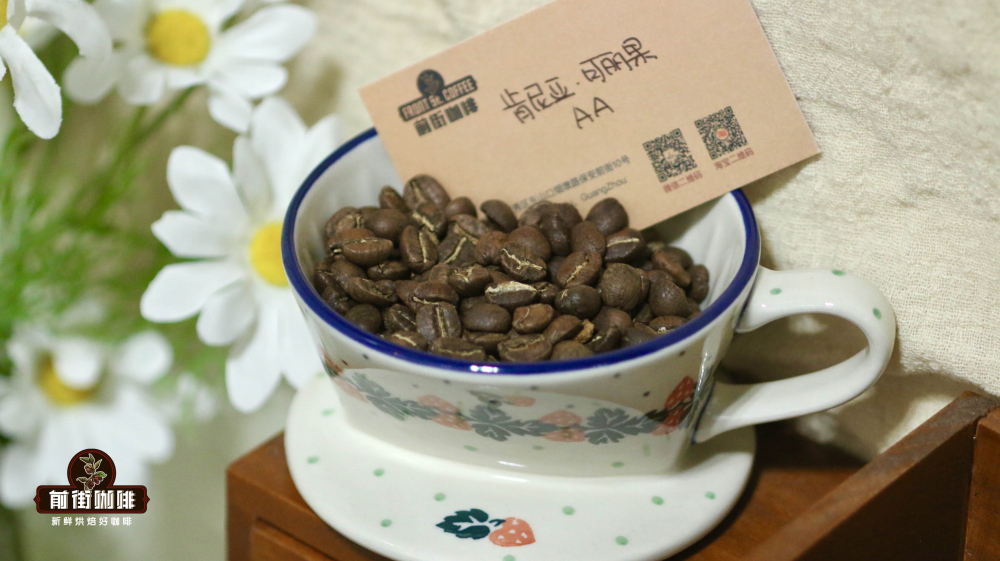
Front Street Coffee: Kenyan Crepe Coffee beans
Producing area: Kenya Embu ENA Cooperative
Altitude: 1600-1800 m
Variety: SL28 Ruiru11
Treatment: washing
Flavor: berries, wumei, grapefruit Earl Grey Tea
Cooking reference
In roasting, this Kenyan coffee is a fruit flavor, in order to retain more fresh acidity and dark fruit flavor, Qianjie roasters choose light roasting. Through the cup test in the front street, this creamy coffee has a very diverse flavor, with dry aromas of dried berries, acidity of apples and grapes in the entrance, soft honey sweetness, and Earl Grey Tea's mellow taste as a whole.
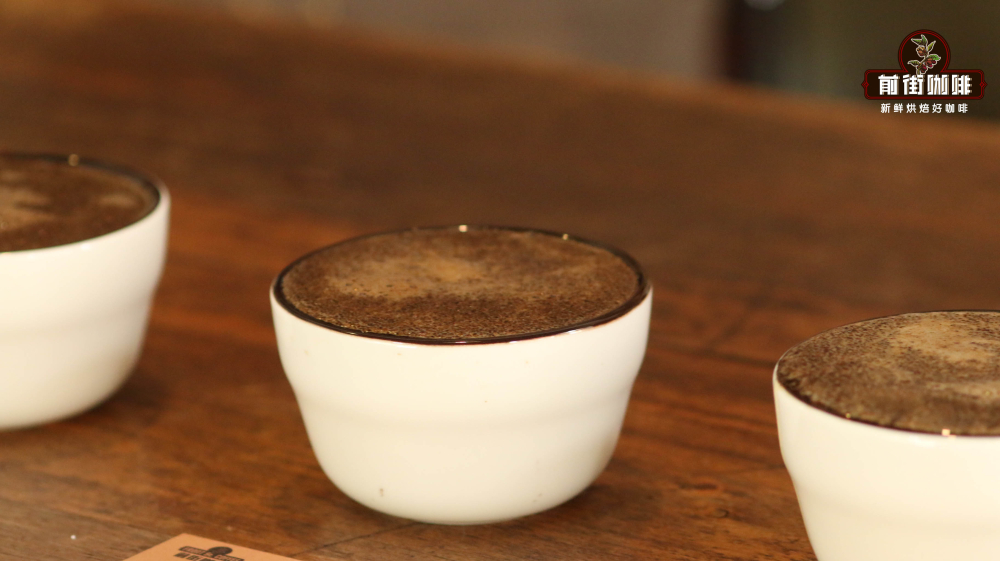
Filter cup: V60 water temperature: 90-91 °C powder quantity: 15g powder-water ratio: 1:15 Grinding degree: fine sugar size (80% sieve with No. 20 sieve)
Staged extraction: use 30 grams of water for steaming for 30 seconds, small water flow around the circle to 124 grams for sectional injection, water level drop is about to expose the powder bed, continue water injection to 228 grams to stop water injection, and so the water level drop is about to expose the powder bed to remove the filter cup, (steaming starts timing) the extraction time is 1 kilogram 39th 55 ".
After grinding, the creamy fruit can smell the strong tomato aroma, the entrance is the acidity of plums and berries, with the sweetness of caramel and the fragrance of grapefruit, as if drinking a cup of Earl Grey Tea.
Professional coffee knowledge exchange more coffee bean information please follow the coffee workshop (Wechat official account cafe_style)
For more boutique coffee beans, please add private Qianjie coffee on Wechat. WeChat account: qjcoffeex
Important Notice :
前街咖啡 FrontStreet Coffee has moved to new addredd:
FrontStreet Coffee Address: 315,Donghua East Road,GuangZhou
Tel:020 38364473
- Prev

Flavor characteristics of Costa Rica Rose Summer Coffee Coffee in Wangshan Manor
In 2005, R é gulo Gerardo Ure ñ aChac ó n and his wife IsabelRojas bought the eight-hectare Wangshan manor Caf é Rivense and began to delve into growing coffee. Wangshan Manor is located in Mu of Mount Muerte, the second highest peak.
- Next

Flavor characteristics and taste of Limpopo coffee beans in Mulanka, Muranga, Kenya
Mulanka producing area Muranga is located in Mount MountKenya of Kenya, and Mulanka Muranga producing area is close to Neri Neyri producing area. It has fertile volcanic soil and provides sufficient nutrients for coffee planting. There are two rainy seasons every year, usually from March to April and November.
Related
- Guji coffee producing area of Guji, Ethiopia: Humbela, Shakiso, Wulaga
- What is the most expensive variety of Qiloso in BOP multi-variety group?
- How to store the coffee beans bought home?
- Why are Yemeni coffee beans so rare now?
- Ethiopian Sidamo all Red Fruit Sun Sun Santa Vini Coffee beans
- SOE is mostly sour? What does it mean? Is it a single bean? what's the difference between it and Italian blending?
- Is Italian coffee beans suitable for making hand-brewed coffee?
- How to choose coffee beans when making cold coffee? What kind of coffee beans are suitable for making cold coffee?
- Just entered the pit to make coffee, what kind of coffee beans should be chosen?
- Can only Japan buy real Blue Mountain Coffee? What are authentic Jamaican Blue Mountain coffee beans?

